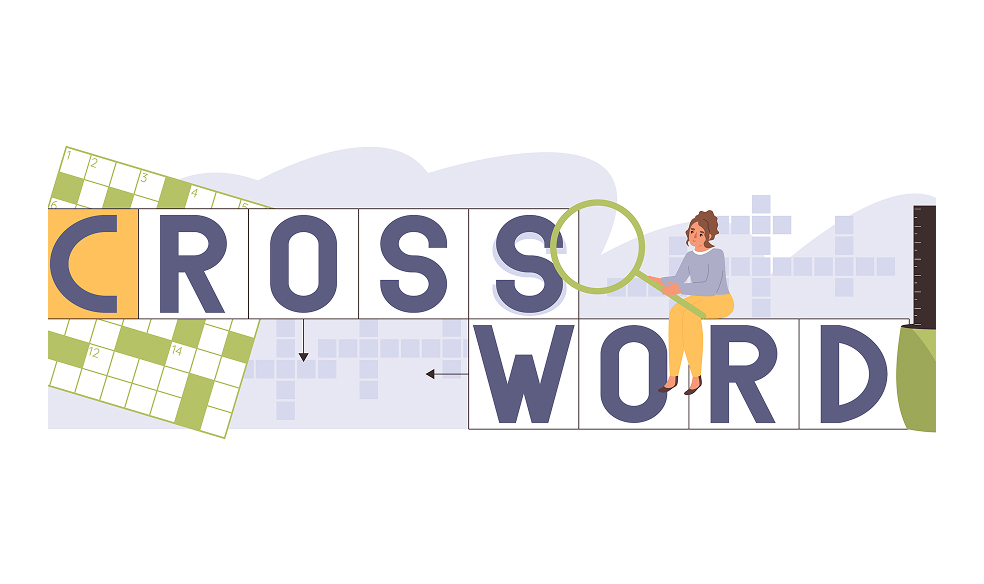The global pandemic reshaped the education sector, bringing both challenges and opportunities. In recent years, the EdTech industry has seen unprecedented growth. Yet, many tutors continue to rely on traditional, paper-based methods to evaluate student progress. This gap highlights the growing need for digital assessments, which not only save time but also provide more accurate insights into student learning.
Today, learning institutions seek new ways to implement e-learning, assessment, and digital management of their students, leaving tutors with a clear focus on their teaching techniques and lecture delivery. Digital assessments open up new possibilities for tutors, enabling them to create and mark assessments quickly and efficiently.
The Key Differences
Traditional Testing
Traditional testing involves creating paper-based quizzes. Tutors grade each test with undivided attention, all while writing personalized feedback for each student. The criteria for traditional tests are predefined, and based on this, tutors make decisions and set the marking. The question types for traditional testing include essays, printed multiple-choice questions, and other handwritten responses from students. Conventional ways of testing are time-consuming and add to the stress of tutors.
Digital Assessments
Digital assessments involve the creation, marking, and publishing of tests for students with very little human intervention. The EdTech industry has worked on numerous advancements to make education easy. However, simplifying assessment building is a concept that not many have worked on. Assessified’s digital assessments help you auto-check questions and add feedback on the go! Educators can easily track the progress of each student with advanced progress tracking tools. Thus, digital testing strategies are time-saving and assist in lowering the stress of tutors.
Challenges of Both Testing Methods
Traditional Testing
Traditional testing methods are known for their effective results on students. Over the years, we have seen what people have accomplished, and all the successful people today must have followed the conventional style of teaching. However, things are changing, and the conventional style of testing has become repetitive and boring for students of today.
Today’s rapidly growing world raves about innovation and technology. People run away from old practices in seconds. It doesn’t matter how impactful traditional testing might have been in the past; students of today will not accept old-school testing once introduced to digital learning. The following are the challenges of traditional testing:
- Triggering Student Anxiety
- Lack of Flexibility
- Limited Feedback
- Existence of Handwriting Biasness
- Negligence of Skill Development
Digital Assessments
Digital quiz creation offers a lot of ease to an institution’s management. However, not every other educational institute has the financial backing to afford digitally powered educational tools. Furthermore, not every tutor is tech-savvy when it comes to adopting modern-day technology and holding complete control over digital tools in a short period of time. If your preferred digital assessment tool doesn’t offer engagement, then it may lead to constant confusion among the students. The following are the challenges of digital assessments:
- Low Accessibility
- Data Vulnerability
- Financial Limitations
- Technical Instabilities
Gains of Both Testing Methods
Traditional Testing
Conventional or old-school testing methods have become a standard of student evaluation over the years. These testing approaches result in better learning outcomes for students. Below are the gains of traditional testing ways:
1. Flexibility of Question Types
The tutors have a wide range of question formats or techniques to test the students through paper-based exams. You can select any format from essays, short answer questions, descriptive questions, problem sums, and oral presentations to scenario-based questions to test the capabilities of your students.
2. Personalized Feedback
Traditional testing methods allow you focus on each student and deliver personalized feedback. In this way, you can target all of your students and highlight their weak areas with precision.
3. Ease of Use
Such testing methods do not require prior tech knowledge. Any tutor can easily write the test down on their notepad and send it over to the examination board for printing. Educational institutes that are far behind in technology are better off with conventional ways of assessing students.
Digital Assessments
Conventional means of conducting examinations are easily replaced by integrating digital assessment strategies into the mix. A digital assessment technique offers flexibility to students and convenience to educators. Moreover, school management can dig deeper into performance analytics and track the progress of each student individually. Below are the gains of interactive digital assessments:
1. Increased Efficiency and Reduced Bias
With digital assessments, tutors do not have to recalculate marks for rechecking to eliminate errors. Digital assessment platforms reduce human error through the computerized scoring of students, leading to less bias and increased efficiency in grading.
2. Auto-Grading Feature
This feature helps reduce major problems for tutors, as they waste hours checking papers manually. Deciphering poorly written essays and other descriptive answers is another challenging task for evaluators. However, with the help of digital assessments, educators can simplify grading.
3. Anti-Cheating Features
Digital assessments offer anti-cheating features, which assist the learning institution in maintaining integrity across the classroom. Platforms like Assessified offer anti-cheating features in digital assessment creation.
What Works Best for Tutors?
Both methods of assessing your students lead to positive results in the academic journey of your students. However, to become a forward-thinking educator and evaluator, it’s better to adopt digital means of assessment. The digital methods will soon take over the old-school ways of testing; therefore, it’s better to adopt today than to be forced to change later.





